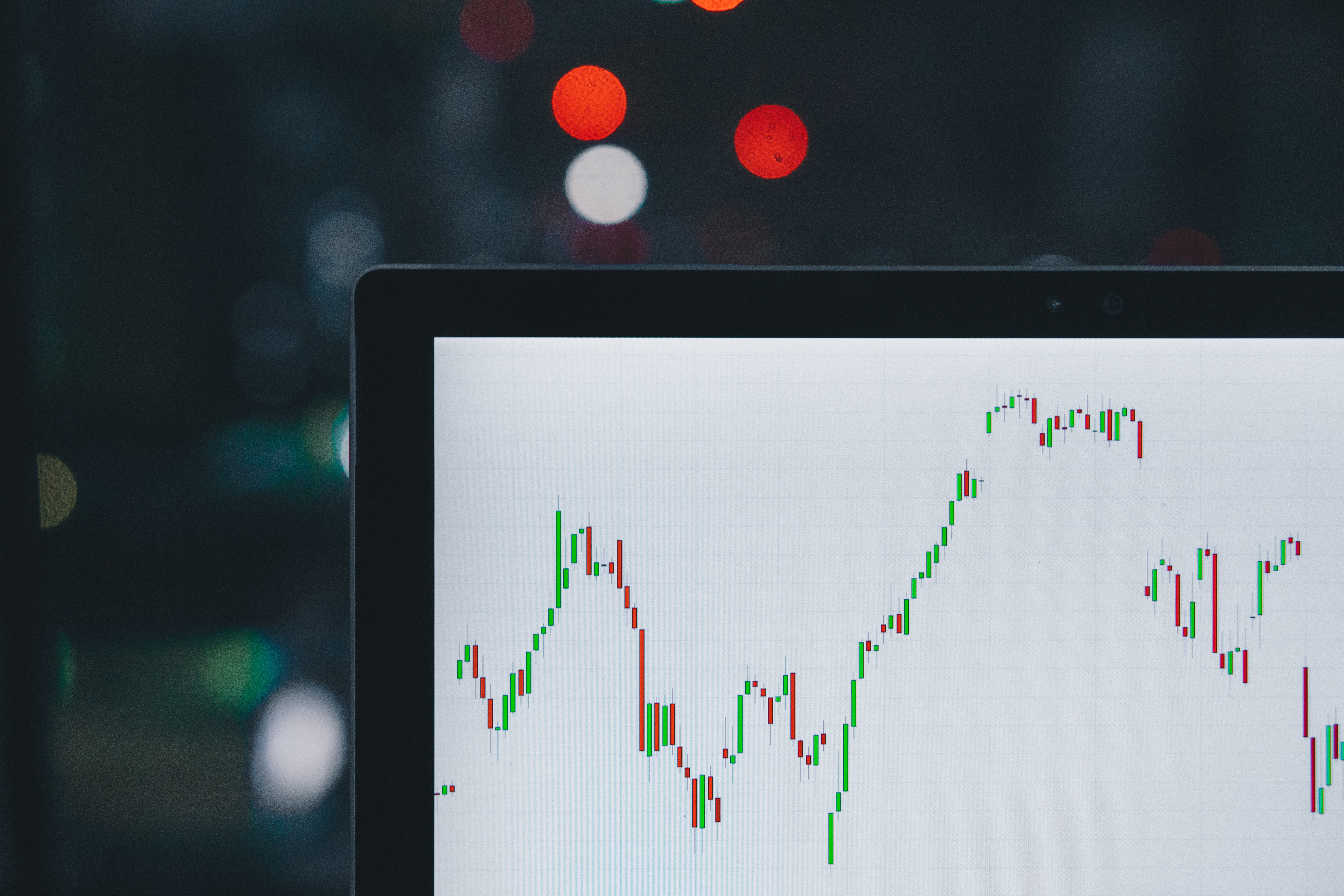Regression Diagnostics
After completing this reading, you should be able to: Explain how to test whether regression is affected by heteroskedasticity. Describe approaches to using heteroskedastic data. Characterize multicollinearity and its consequences; distinguish between multicollinearity and perfect collinearity. Describe the consequences of…
Sample Moments
After completing this reading, you should be able to: Estimate the mean, variance, and standard deviation using sample data. Explain the difference between a population moment and a sample moment. Distinguish between an estimator and an estimate. Describe the bias…
Nonstationary Time Series
After completing this reading, you should be able to: Describe linear and nonlinear time trends. Explain how to use regression analysis to model seasonality. Describe a random walk and a unit root. Explain the challenges of modeling time series containing…
Stationary Time Series
After completing this reading, you should be able to: Describe the requirements for a series to be covariance stationary. Define the autocovariance function and the autocorrelation function. Define white noise; describe independent white noise and normal (Gaussian) white noise. Define…
Multivariate Random Variables
After completing this reading, you should be able to: Explain how a probability matrix can be used to express a probability mass function (PMF). Compute the marginal and conditional distributions of a discrete bivariate random variable. Explain how the expectation…
Random Variables
After completing this reading, you should be able to: Describe and distinguish a probability mass function from a cumulative distribution function and explain the relationship between these two. Understand and apply the concept of a mathematical expectation of a random…
Regression with a Single Regressor – Hypothesis Tests and Confidence Intervals
After completing this reading you should be able to: Calculate and interpret confidence intervals for regression coefficients. Interpret the \(p-value\). Interpret hypothesis tests about regression coefficients. Evaluate the implications of homoskedasticity and heteroskedasticity. Determine the conditions under which the OLS…

Financial Markets and Products
1. Banks 2. Insurance Companies and Pension Plans 3. Fund Management 4. Introduction to Derivatives 5. Exchanges and OTC Markets 6. Central Clearing 7. Futures Markets 8. Using Futures for Hedging 9. Foreign Exchange Markets 10. Pricing Financial Forwards and Futures 11. Commodity Forwards and Futures 12. Options Markets 13. Properties of Options…
Properties of Options
After completing this reading, you should be able to: Identify the six factors that affect an option’s price. Identify and compute upper and lower bounds for option prices on non-dividend and dividend-paying stocks. Explain put-call parity and apply it to…

Bayesian Analysis
After completing this reading you should be able to: Describe Bayes’ theorem and apply this theorem in the calculation of conditional probabilities. Compare the Bayesian approach to the frequentist approach. Apply Bayes’ theorem to scenarios with more than two possible…




